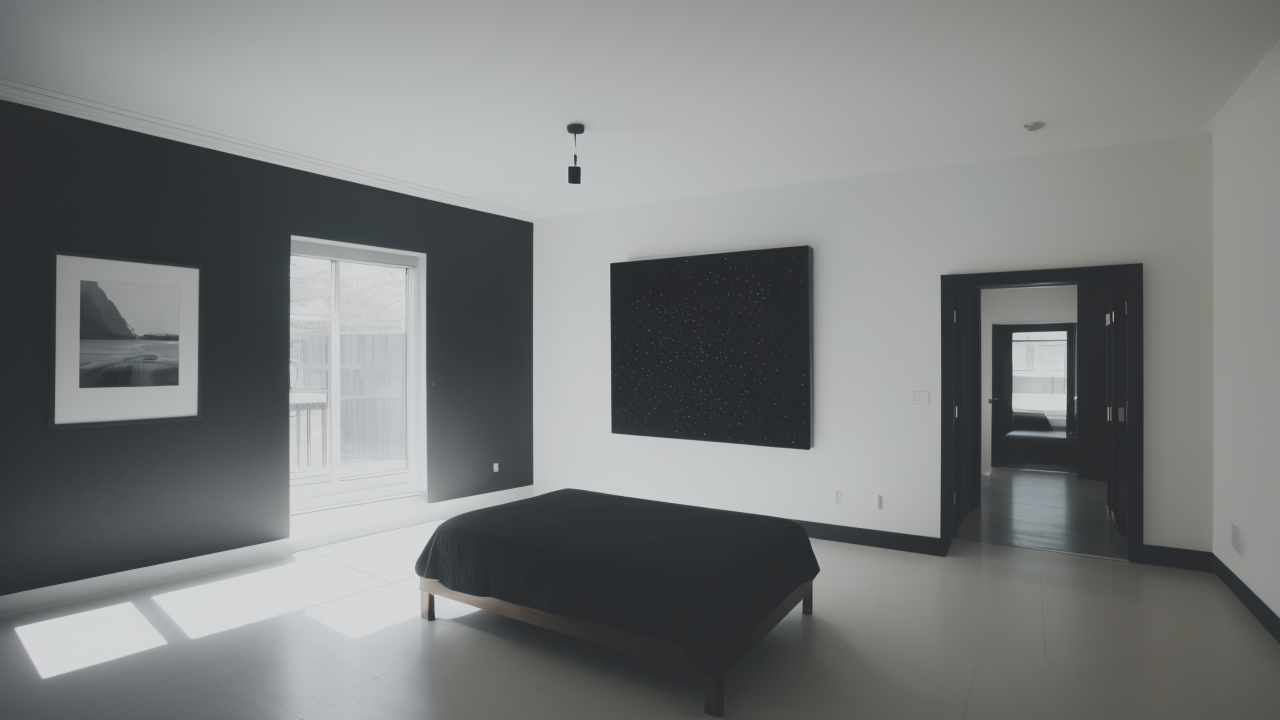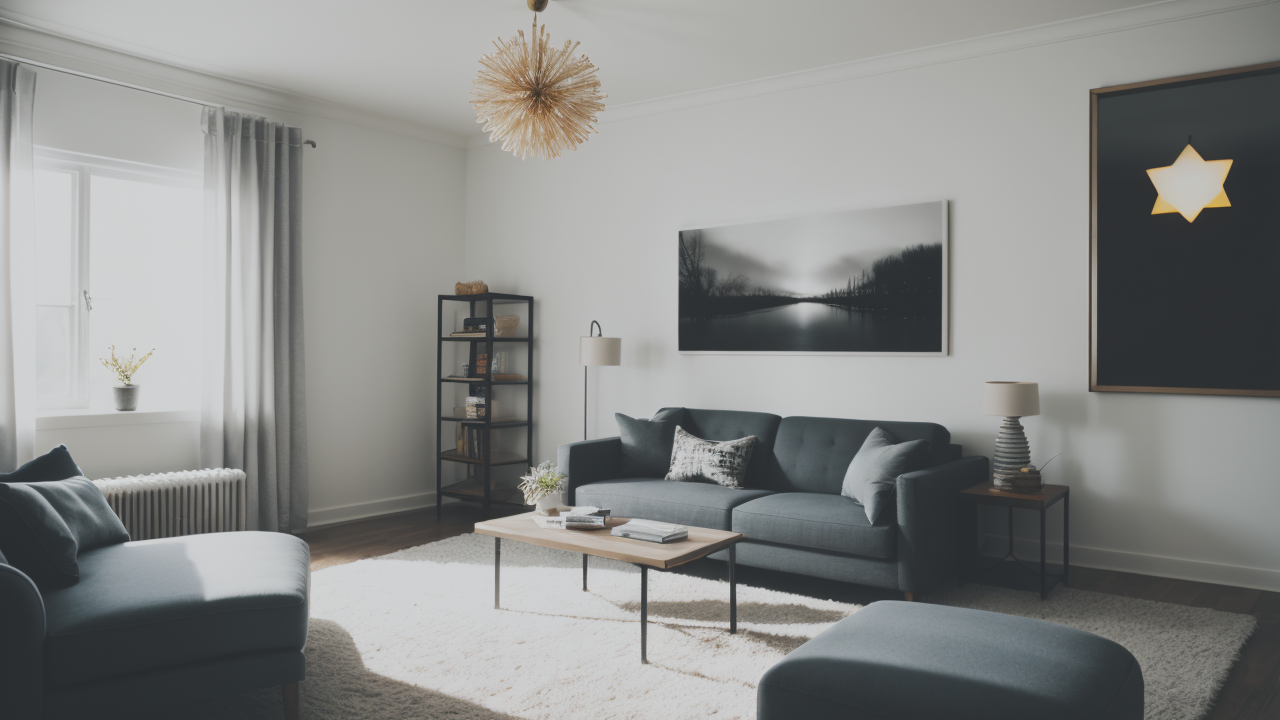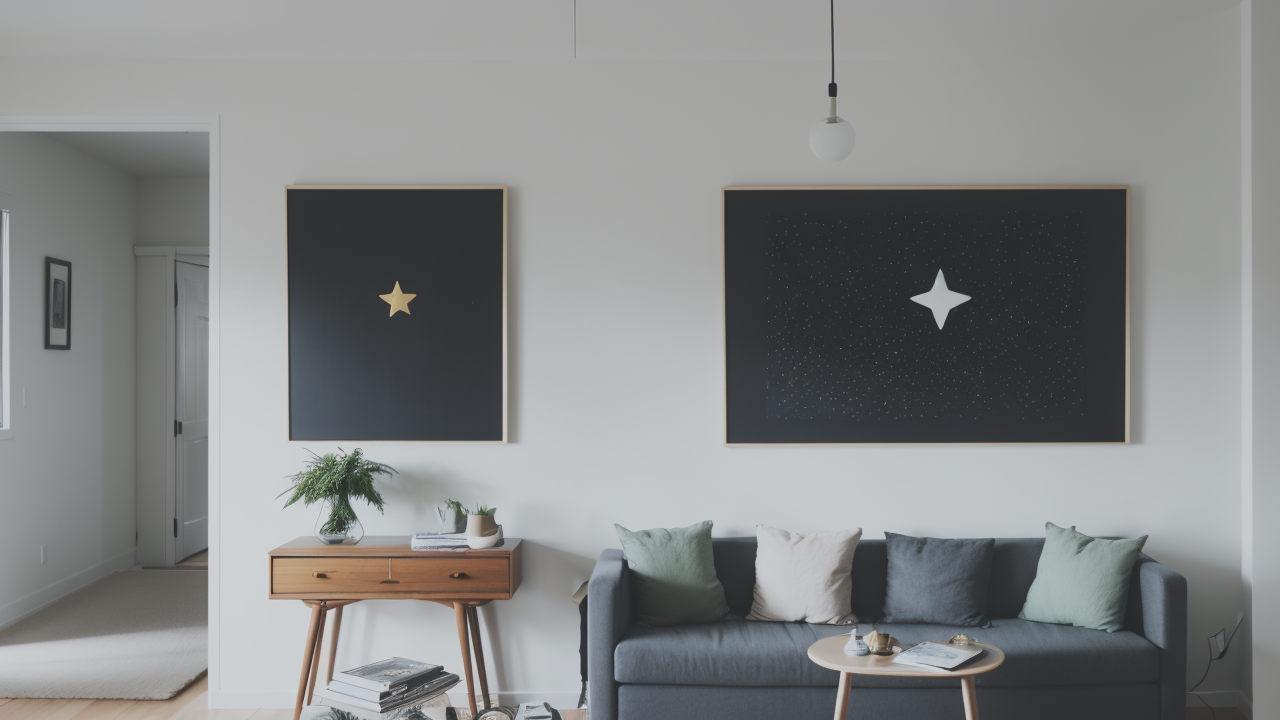
10 Minimalist Wall Clocks for a Sleek Modern Home Design
The Aesthetics of Minimalist Art in Home Decor
Understanding the Principles of Minimalism
Minimalism in home decor is all about simplicity. It focuses on clean lines and open spaces. In art, minimalism uses basic elements to create impact. Key features of minimalist art include:

- Simple shapes and forms
- Limited color palettes
- Lots of negative space
- Lack of ornate details
These elements work together to create a sense of calm. When used on window walls, minimalist art can transform a room. It turns a plain wall into a focal point without being overwhelming.
The Psychological Impact of Minimalist Art on Consumers
Minimalist art can have a powerful effect on our minds. It can help reduce stress and promote relaxation. The simple designs are easy for our brains to process. This can lead to:
- Improved focus and clarity
- Reduced mental clutter
- Enhanced mood and well-being
- Greater appreciation for space and form
In a home setting, these benefits can create a more peaceful environment. Minimalist art on window walls can make a room feel larger and more open. It provides a visual 'breath of fresh air' in our busy lives.
Selecting the Right Minimalist Artwork for Window Walls
Considerations for Placement and Lighting
Choosing the right minimalist art for window walls requires careful thought. Here are some key factors to consider:

- Natural light: How does sunlight interact with the artwork throughout the day?
- Room size: Large pieces can make small rooms feel bigger. Small art might get lost in big spaces.
- Viewing angles: Think about how the art looks from different parts of the room.
- Framing: Simple frames or frameless designs often work best for minimalist art.
Lighting plays a crucial role in showcasing minimalist art. Soft, diffused light can enhance subtle details. Directional lighting can create interesting shadows, adding depth to simple designs.
The Role of Color Theory in Minimalist Selection
Color is a powerful tool in minimalist art, even when used sparingly. Key points to remember:
- Monochromatic schemes create a cohesive look
- Complementary colors can add visual interest without clutter
- Neutral tones like white, black, and gray are staples of minimalist design
- A single pop of color can be impactful in an otherwise neutral piece
When selecting art for window walls, consider the room's existing color palette. The art should complement, not compete with, the space. A well-chosen color scheme can tie the entire room together.
Implementing Minimalist Art in Various Settings
Case Studies: Minimalist Art in Modern U.S. Homes
Minimalist art has found its way into many modern American homes. Here are a few examples:

- New York City Loft: A large, black and white abstract piece dominates a brick wall. It creates a striking contrast and focal point in an otherwise industrial space.
- California Beach House: A series of small, pastel geometric prints line a window wall. They echo the colors of the ocean view, bringing the outside in.
- Chicago High-Rise: A single, oversized canvas with a simple line drawing adds character to a stark white wall. It softens the urban view beyond the windows.
- Austin Bungalow: Framed minimalist botanical prints create a nature-inspired gallery wall. They complement the home's indoor-outdoor living concept.
These cases show how versatile minimalist art can be. It adapts to different styles and settings, always adding value to the space.
Maximizing the Effectiveness of Minimalist Decor in Small Spaces
Small spaces can benefit greatly from minimalist decor. Here are tips to make the most of minimalist art in compact areas:
- Use large-scale art to create the illusion of more space
- Opt for light colors to keep the space feeling open and airy
- Consider reflective surfaces to bounce light and expand visual space
- Choose multi-functional pieces that serve as both art and storage
Minimalist art on window walls can make a small room feel larger. It draws the eye outward, blurring the line between inside and outside. This creates a sense of expanded space and connection to the environment.
In conclusion, minimalist art on window walls is a powerful design tool. It can transform spaces, influence moods, and create visual harmony. By understanding its principles and thoughtful application, anyone can elevate their living space with minimalist art.


